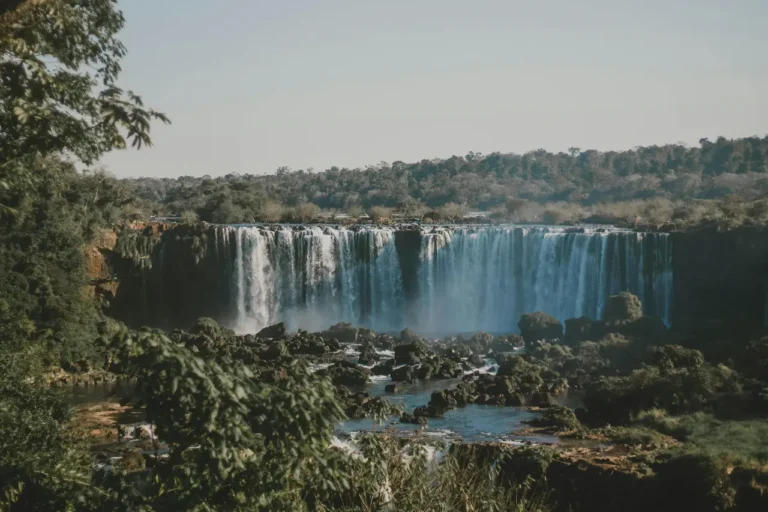The Chutu Legacy! A Vision for Karnatakas Historical Renaissance
Chutu dynasty holds the key to unlocking Karnatakas rich cultural tapestry. Let’s explore how we can bring the Chutu kingdom back to life.
For centuries, the history of the Karnatakas has been largely dominated by the empires of the Satavahanas, the Mauryas, and the Pallavas. These powerful dynasties left indelible marks on the region – their coins, inscriptions, and architectural marvels are proudly displayed in museums and historical sites. However, a critical chapter in this narrative remains conspicuously absent: the reign of the Chutus. This was not simply a missing piece; it represents a significant oversight, a deliberate silencing of a powerful, sophisticated kingdom that thrived for nearly three hundred years, profoundly shaping the very foundations of what would become Karnataka. As a scholar deeply immersed in the epigraphic and archaeological records of this region, I believe it’s time to address this neglect and, more importantly, to envision a ‘Karnatakas Historical Renaissance’ centered around the rediscovery and understanding of the Chutu legacy.
The Genesis of a Kingdom: Establishing the Chutu Narrative
The first concrete evidence of the Chutus appears in the late 2nd century BCE, initially as a prominent trading power along the Western Ghats and the Konkan coast. Unlike the grand, centralized empires that followed, the Chutus began as a collection of *janapadas* – loosely allied republics and monarchies – centered around key river valleys and strategic port towns. Their rise coincided with the decline of the Mauryas and the fragmentation of the Indian subcontinent. The Chutus expertly capitalized on this instability, establishing a network of trade relations that stretched from the Indus Valley to the Arabian Sea, a feat remarkably advanced for their time.
Epigraphic evidence, primarily in the form of inscriptions found in places like Kalyan, Kalyanani (modern Kalyanpur), and various sites along the Ghats, reveals a kingdom characterized by a sophisticated legal system, a flourishing merchant class, and a strong emphasis on hydraulic engineering. The inscriptions aren’t simply records of royal pronouncements; they’re legal charters, trade agreements, and even religious dedications – providing a remarkably detailed glimpse into the daily life and governance of the Chutu people. The recurring name ‘Kalyana’ – a name synonymous with their capital – reflects the strategic importance of this location as a center for trade and religious worship, dedicated primarily to the goddess Durga.
Economic Powerhouse: Trade, Agriculture, and the Chutu Economy
The Chutus’ economic success was built upon a three-pronged strategy: agriculture, trade, and a remarkably astute understanding of maritime routes. The Western Ghats, with their terraced slopes and abundant water resources, provided a fertile base for agriculture, producing grains, spices, and timber – vital commodities for both domestic consumption and export. However, the true engine of their prosperity was their mastery of trade. They weren’t merely exchanging goods; they were facilitating connections, establishing long-term relationships, and fundamentally shaping the flow of commerce across the Indian subcontinent and beyond.
Their maritime trade was particularly noteworthy. Archaeological evidence – particularly the remnants of bustling port sites – and the meticulous records of trade agreements – reveal their engagement in extensive trade with the Roman Empire, the Parthians, and the Yuezhi kingdom in Central Asia. They were early adopters of Roman coins, demonstrating a sophisticated understanding of international currencies and trade practices. The ‘Kalyana’ port was a major hub for the exchange of goods, including spices, textiles, and precious stones. Interestingly, the inscriptions frequently mention the use of *‘dhanavrata’* – a system of weights and measures – indicating a standardized and regulated commercial environment, a hallmark of a well-organized economy.
Furthermore, the Chutus demonstrated an advanced understanding of irrigation techniques. The construction of dams, canals, and reservoirs, meticulously documented in inscriptions, allowed them to control water resources, maximize agricultural yields, and ensure a stable food supply – a crucial factor in their sustained prosperity.
Cultural Contributions: Religion, Literature, and Art
The Chutus weren’t merely merchants and administrators; they were also patrons of the arts and religion. While their religious practices are complex and somewhat shrouded in mystery, the inscriptions reveal a syncretic blend of indigenous traditions with influences from the Vedic religion, Buddhism, and Jainism. The prominent worship of Durga, alongside other deities, highlights the adaptability and openness of their religious beliefs.
The most significant cultural contribution of the Chutus lies in their literary tradition. Although much of their literature has been lost to time, fragments survive in inscriptions, primarily in the form of dedicatory verses and eulogies. These fragments, meticulously translated and analyzed by scholars, reveal a sophisticated understanding of grammar, poetry, and mythology. They appear to have been deeply influenced by the *‘Jaya’* literary tradition, suggesting a strong connection with the literary circles of the early Satavahanas. The use of Prakrit languages – particularly a dialect known as ‘Kalyana Prakrit’ – in their inscriptions demonstrates a commitment to preserving and promoting a distinct regional literary identity.
Their artistic legacy is primarily reflected in the impressive rock-cut caves found in the Western Ghats. While some of these caves were later embellished by the Pallavas, the initial designs and architectural features clearly bear the imprint of Chutu craftsmanship. The intricate carvings, depicting scenes from mythology and daily life, showcase a high level of artistic skill and a deep appreciation for natural beauty.
The Decline and Legacy: A Forgotten Dynasty
The reasons for the decline of the Chutu kingdom remain a subject of scholarly debate. The rise of the Satavahanas, who eventually absorbed many of their territories, undoubtedly played a role. However, internal divisions, economic challenges, and potentially even environmental factors – such as deforestation and soil erosion – may have also contributed to their downfall. The evidence suggests a gradual erosion of their power, rather than a sudden collapse. It’s important to note that the Chutus didn’t disappear entirely; their influence persisted through assimilation into other kingdoms, particularly the Pallavas and the Satavahanas.
Despite their eventual disappearance, the Chutus left behind a remarkable legacy – a legacy that deserves to be rediscovered and understood. Their story is a reminder that history is rarely a simple narrative of empires and conquests; it’s a complex tapestry woven from the threads of countless individuals and kingdoms, each playing a vital role in shaping the course of human civilization. Bringing the Chutu legacy back to the forefront is not simply about correcting a historical oversight; it’s about enriching our understanding of the multifaceted history of the Karnatakas and the Indian subcontinent as a whole.
The revival of interest in the Chutus presents a unique opportunity to revitalize the Karnatakas’ historical narrative, fostering greater appreciation for the region’s rich cultural heritage and stimulating tourism and economic development. It’s a call to action – a plea to archaeologists, historians, and cultural enthusiasts to embark on a new era of exploration and research, unearthing the secrets of this forgotten kingdom and ensuring that its legacy lives on for generations to come.





